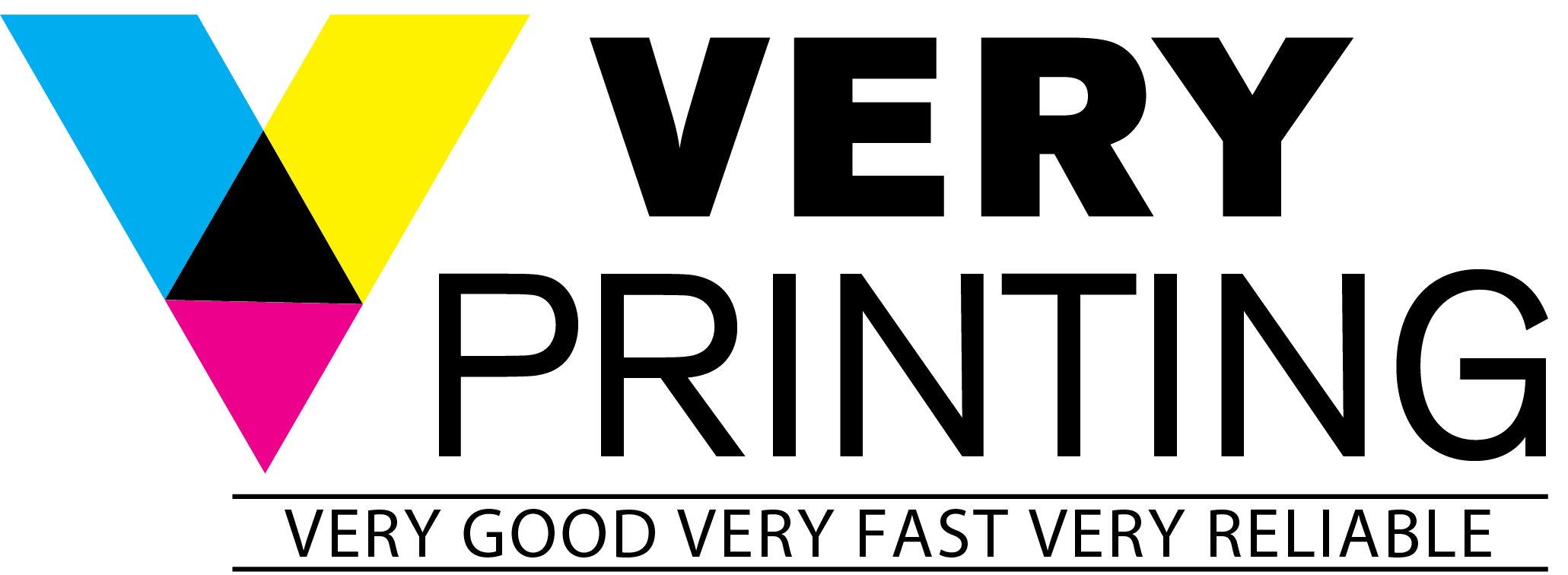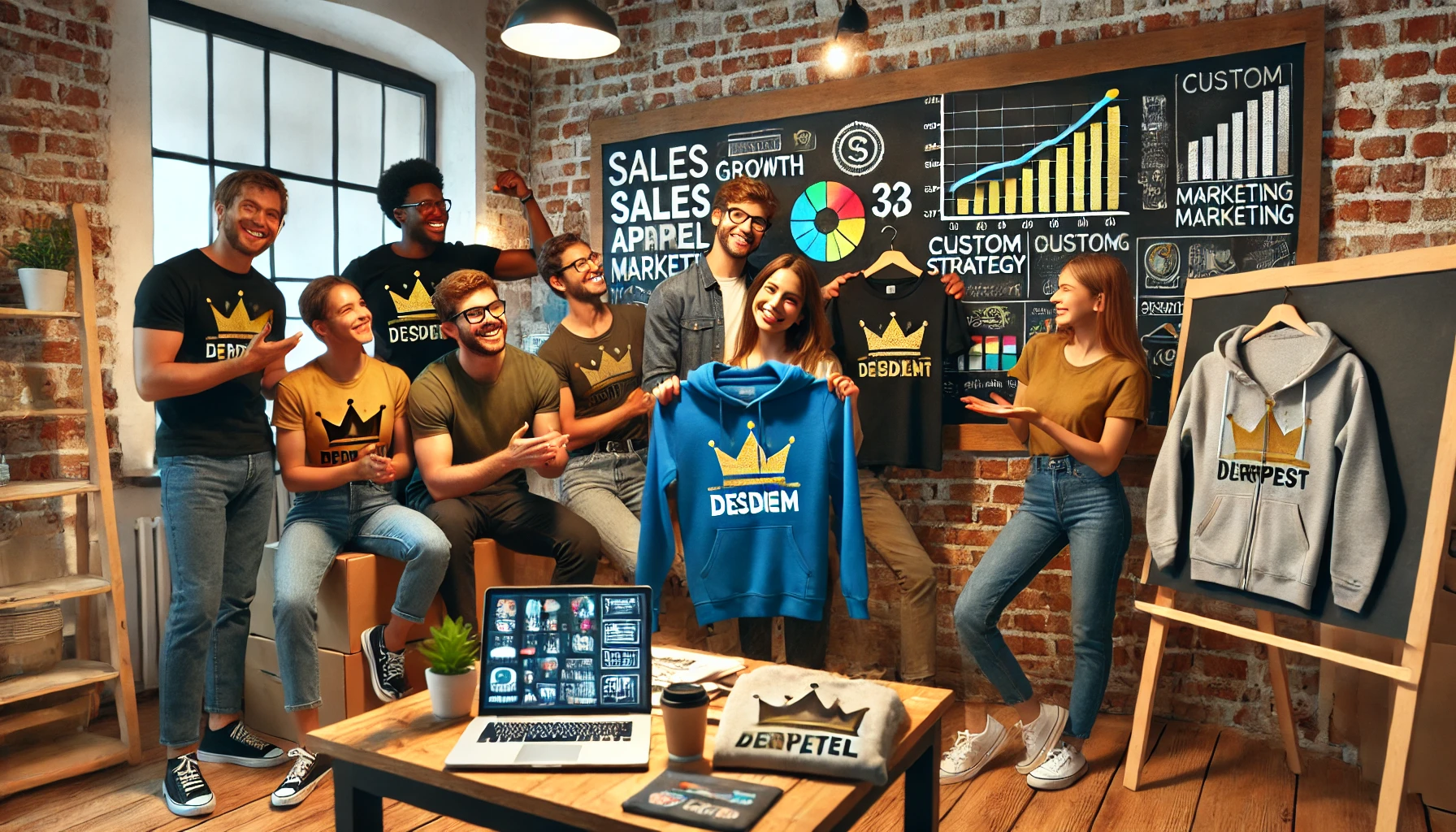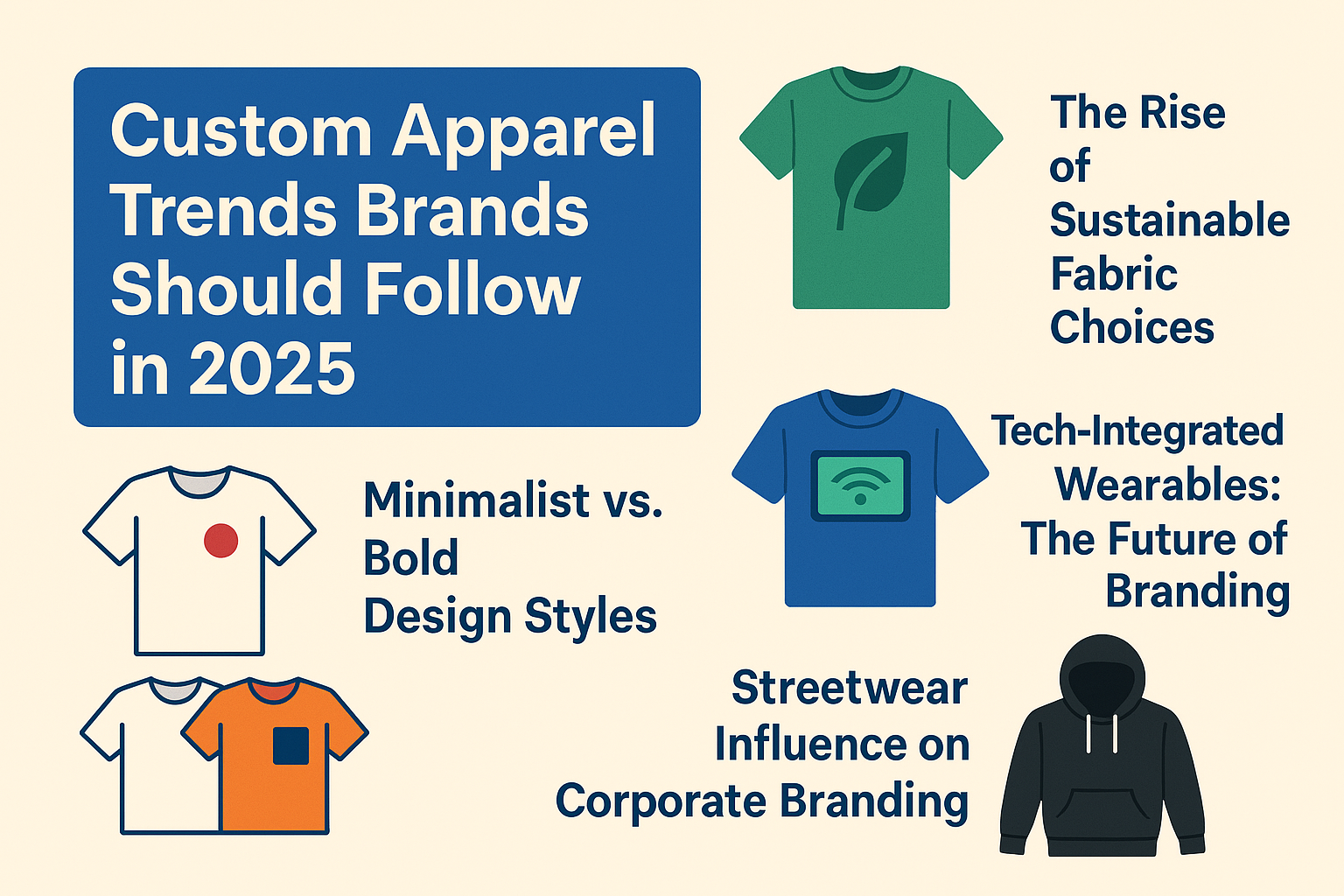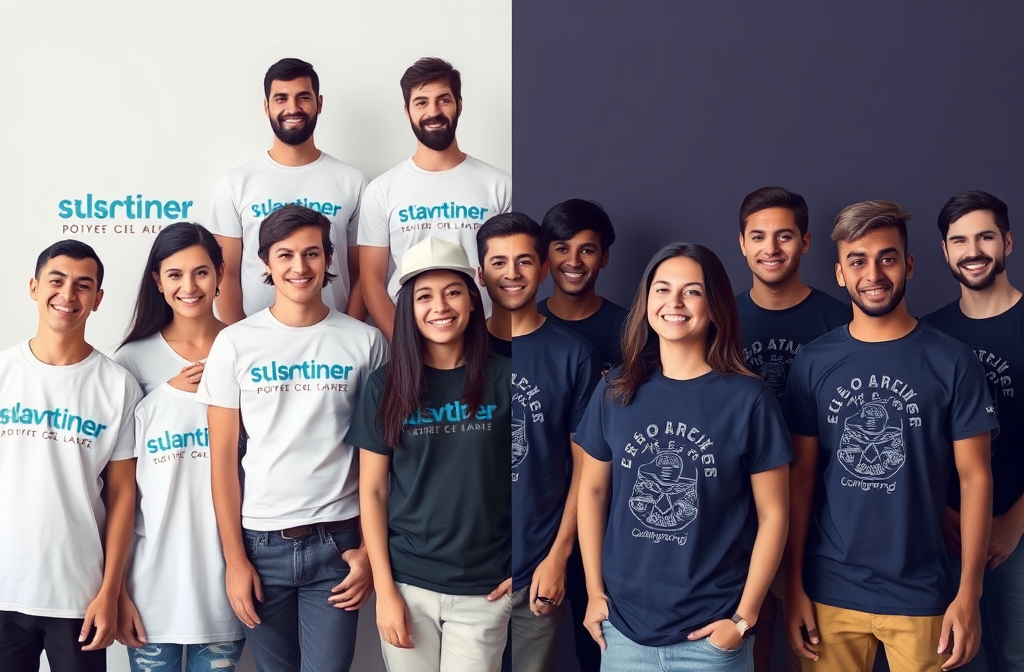For startups, getting noticed in a crowded market can be challenging. With limited budgets, they often struggle to stand out and attract their first customers. However, one startup successfully used custom apparel to gain 1,000+ customers in just three months.
By combining custom apparel marketing, social media strategies, and event-based promotions, they turned a simple branding tool into a powerful customer acquisition strategy. In this article, we’ll break down their approach and provide actionable tips to help your business do the same.
Step 1: Choosing the Right Custom Apparel Strategy
Before launching their marketing campaign, the startup focused on building a strong foundation for their custom apparel strategy. They knew that simply printing a logo on a T-shirt wouldn’t be enough to drive engagement and sales.
1.1 Identifying the Target Audience
To ensure their campaign would be successful, the startup conducted research to identify their ideal customers by analyzing:
- Demographics: Age, gender, location, and profession.
- Preferences: What styles and designs their audience prefers.
- Buying Behavior: Where their audience shops and how they engage with brands.
For instance, their research showed that their audience was tech-savvy young professionals who preferred minimalist, high-quality apparel over generic promotional T-shirts.
1.2 Creating Designs That People Want to Wear
Instead of creating cheap promotional items, the startup focused on high-quality and stylish apparel that their audience would proudly wear in public. Their approach included:
✔️ Choosing premium fabrics for comfort and longevity.
✔️ Designing modern, trendy prints rather than just a large logo.
✔️ Using subtle branding, making the apparel wearable for any occasion.
💡 Pro Tip: Studies show that 85% of consumers remember a brand better after receiving promotional merchandise (Source: PPAI Research).
By treating their apparel as a fashion statement rather than just a marketing tool, they increased customer demand and turned their brand into a movement.
Step 2: Leveraging Social Media & Influencer Marketing
With custom apparel in place, the startup used social media to create excitement around their brand and turn followers into customers.
2.1 Running a Viral Giveaway
One of the most effective tactics was a giveaway campaign on Instagram and TikTok. To enter, users had to:
- Follow the brand’s page on social media.
- Tag two friends in the comments.
- Share the post on their story for bonus entries.
This strategy amplified their reach and helped them gain thousands of new followers organically.
2.2 Partnering with Micro-Influencers
Instead of paying thousands for celebrity endorsements, the startup collaborated with micro-influencers (5,000–50,000 followers) who had a highly engaged audience. These influencers:
✔️ Showcased the apparel in real-life settings (e.g., workouts, daily wear).
✔️ Shared their honest reviews to build trust.
✔️ Encouraged followers to buy using a special discount code.
💡 Example: A fitness apparel startup partnered with small fitness influencers, who posted Instagram stories while wearing the brand’s T-shirts during workouts. This approach felt more authentic and resulted in higher engagement than traditional ads.
🔹 Result: 30% of their sales came from influencer referrals within the first month.
Step 3: Converting Engagement into Sales with FOMO Marketing
While social media helped generate buzz, the startup needed a strategy to convert interest into actual sales.
3.1 Limited-Edition Drops to Create Urgency
They released exclusive designs that were only available for a short time. This technique created a sense of urgency, encouraging customers to purchase immediately rather than waiting.
✔️ Example message: “Only 100 pieces available! Once they’re gone, they’re gone forever!”
This scarcity tactic increased demand and eliminated hesitation, leading to faster sales.
3.2 Referral Program to Encourage Word-of-Mouth Marketing
To turn customers into brand ambassadors, the startup introduced a referral rewards program, offering:
- $10 off for every friend referred.
- Bonus rewards for repeat purchases.
Customers loved the incentives, and this led to a viral word-of-mouth effect, further boosting sales.
Step 4: Using Offline Strategies & Event Marketing
While digital marketing was the primary driver of sales, offline marketing played a crucial role in building brand loyalty.
4.1 Sponsoring Events & Festivals
The startup participated in:
✔️ Local business networking events to showcase their brand.
✔️ Startup expos where they handed out free T-shirts to attendees.
✔️ Music and sports festivals, where they set up booths and sold apparel.
These events helped them:
- Increase brand visibility and attract new customers.
- Gather email leads for future marketing campaigns.
- Engage with their audience in person, making their brand feel more personal.
4.2 QR Codes on Apparel for Seamless Purchases
To make buying easier, the startup printed QR codes on the inside label of each T-shirt, linking directly to their online store. Customers could simply scan and shop instantly.
🔹 Result: This simplified the purchase process and led to a 20% increase in conversion rates.
Results: 1,000+ Customers in 3 Months
By using custom apparel as a strategic marketing tool, the startup achieved incredible growth:
📌 1,000+ customers within three months.
📌 50% of buyers referred at least one friend.
📌 30% repeat customers within the first two months.
📌 5X increase in social media engagement.
💡 Fun Fact: According to ASI Research, 57% of consumers are more likely to purchase from a brand after receiving promotional apparel.
Key Takeaways: How to Replicate This Success
If you want to use custom apparel to grow your business, follow these steps:
✔️ Invest in high-quality apparel that people actually want to wear.
✔️ Use giveaways and influencer marketing to generate brand awareness.
✔️ Leverage urgency-based offers (e.g., limited-edition releases).
✔️ Encourage referrals with discounts and rewards.
✔️ Combine online and offline marketing for maximum impact.
By implementing these strategies, any startup can attract thousands of customers in a short time—just like this case study!
Final Thoughts
Custom apparel isn’t just about selling merchandise; it’s a powerful marketing tool that can increase brand awareness, customer engagement, and revenue. Whether you’re a startup, small business, or event organizer, these proven tactics can help you achieve massive growth.
🔹 Want to create high-quality custom apparel for your business? Contact VeryPrinting.com today and start your journey toward brand success! 🚀




